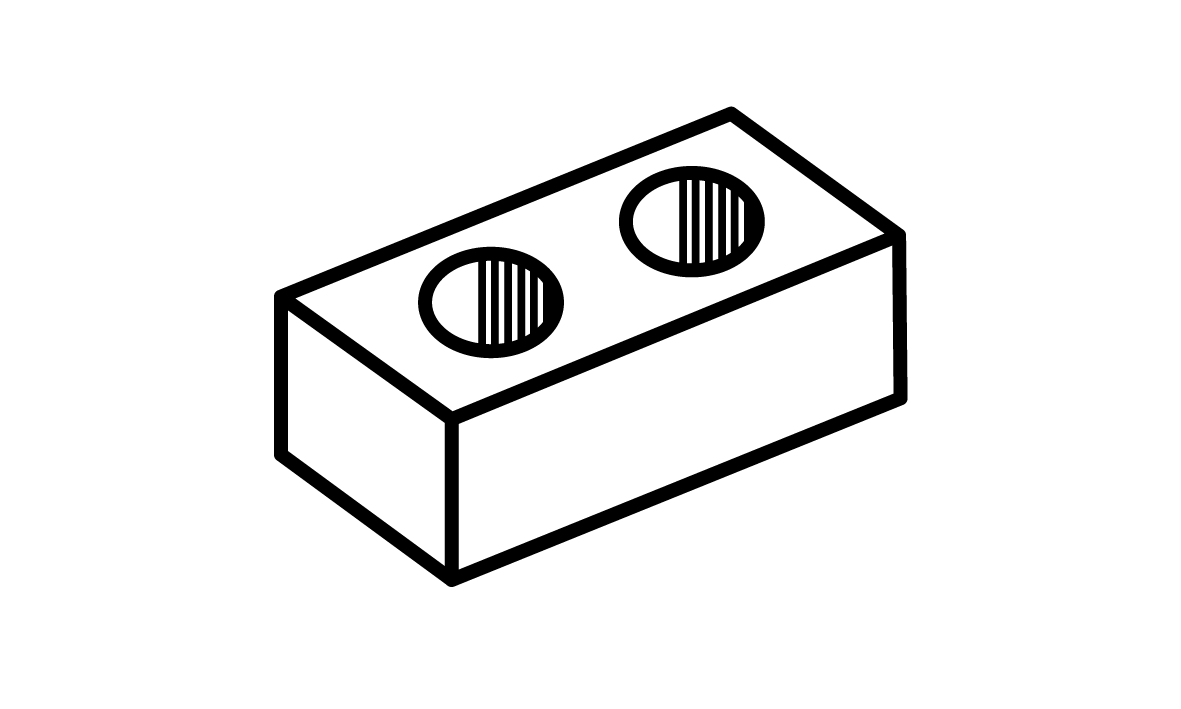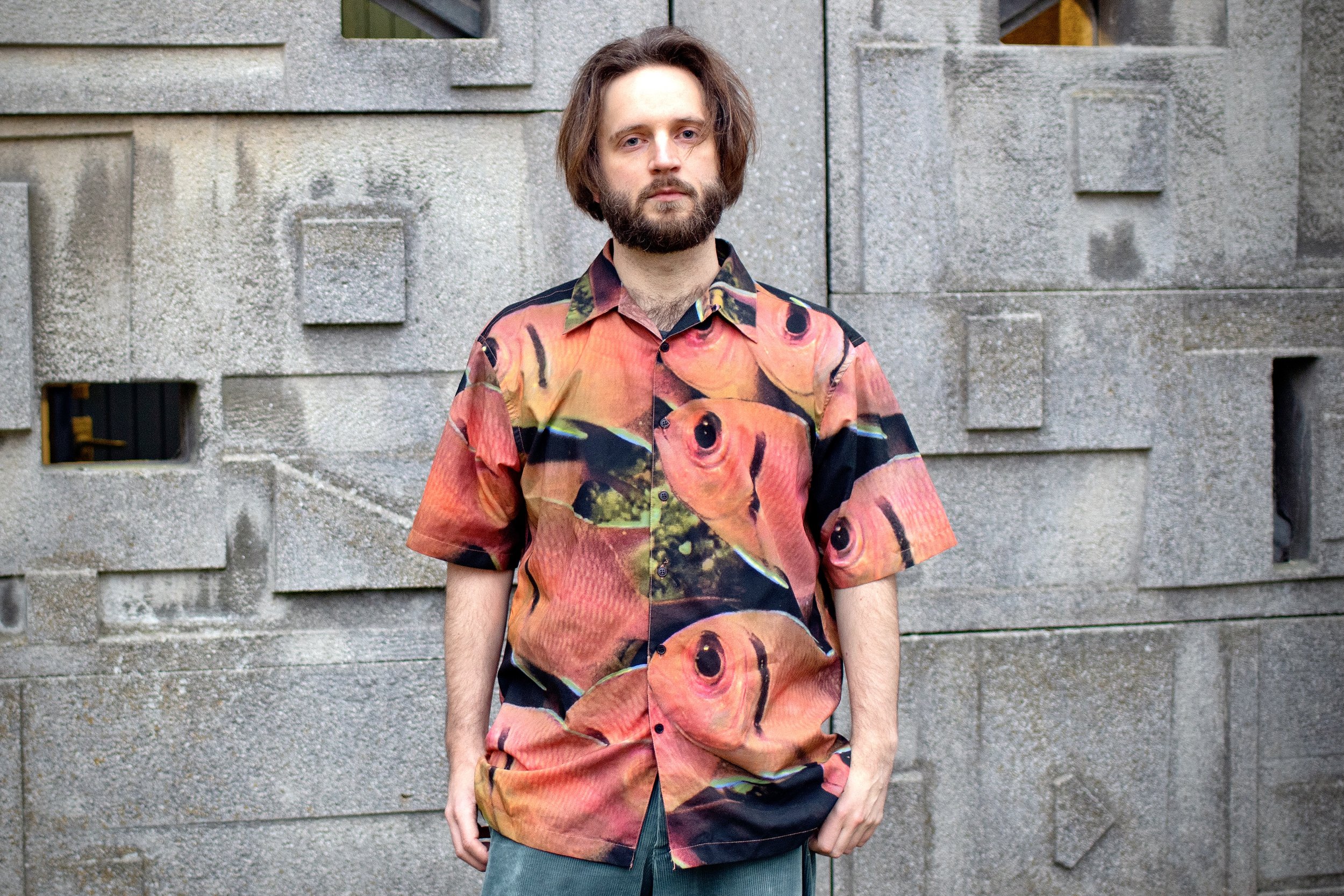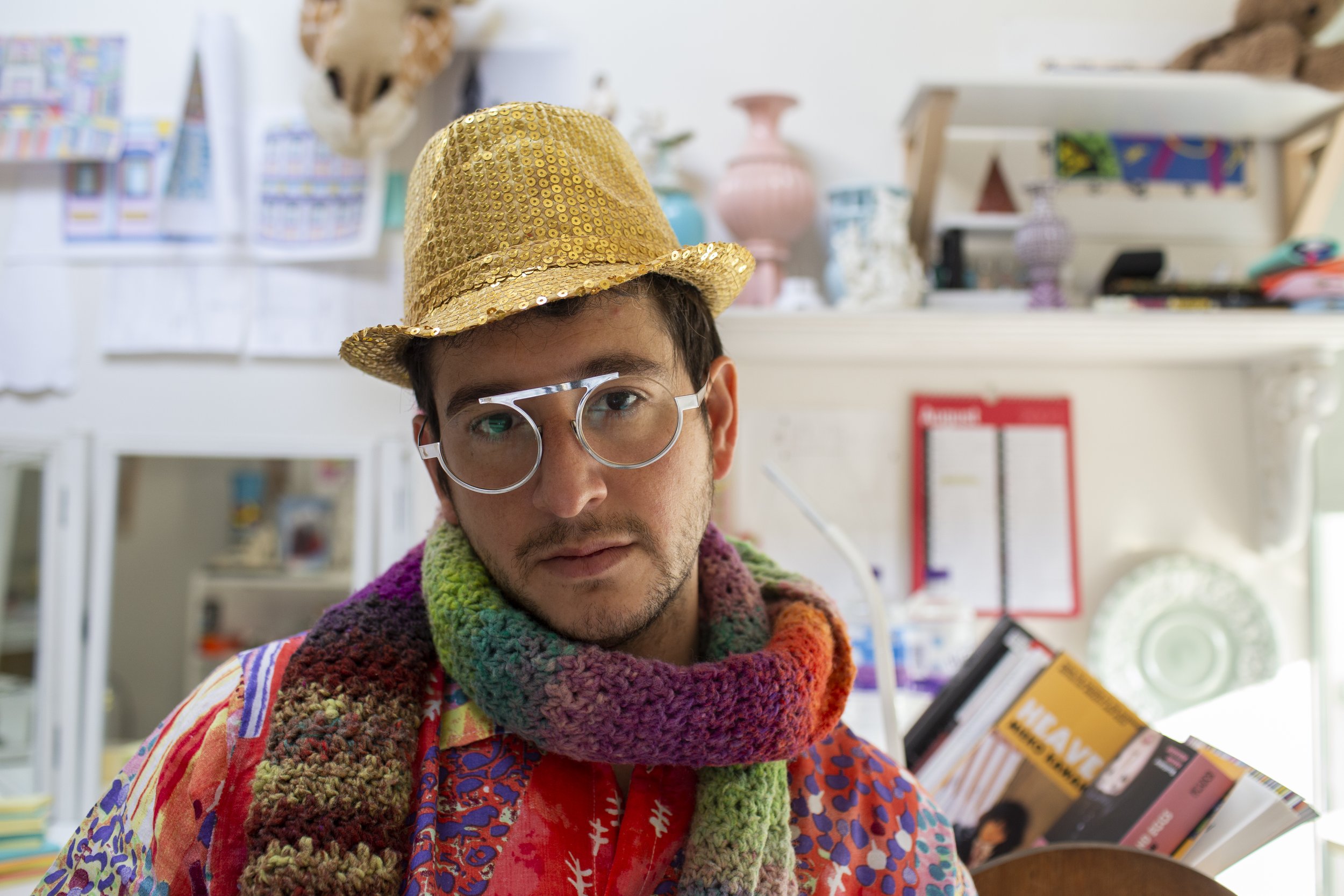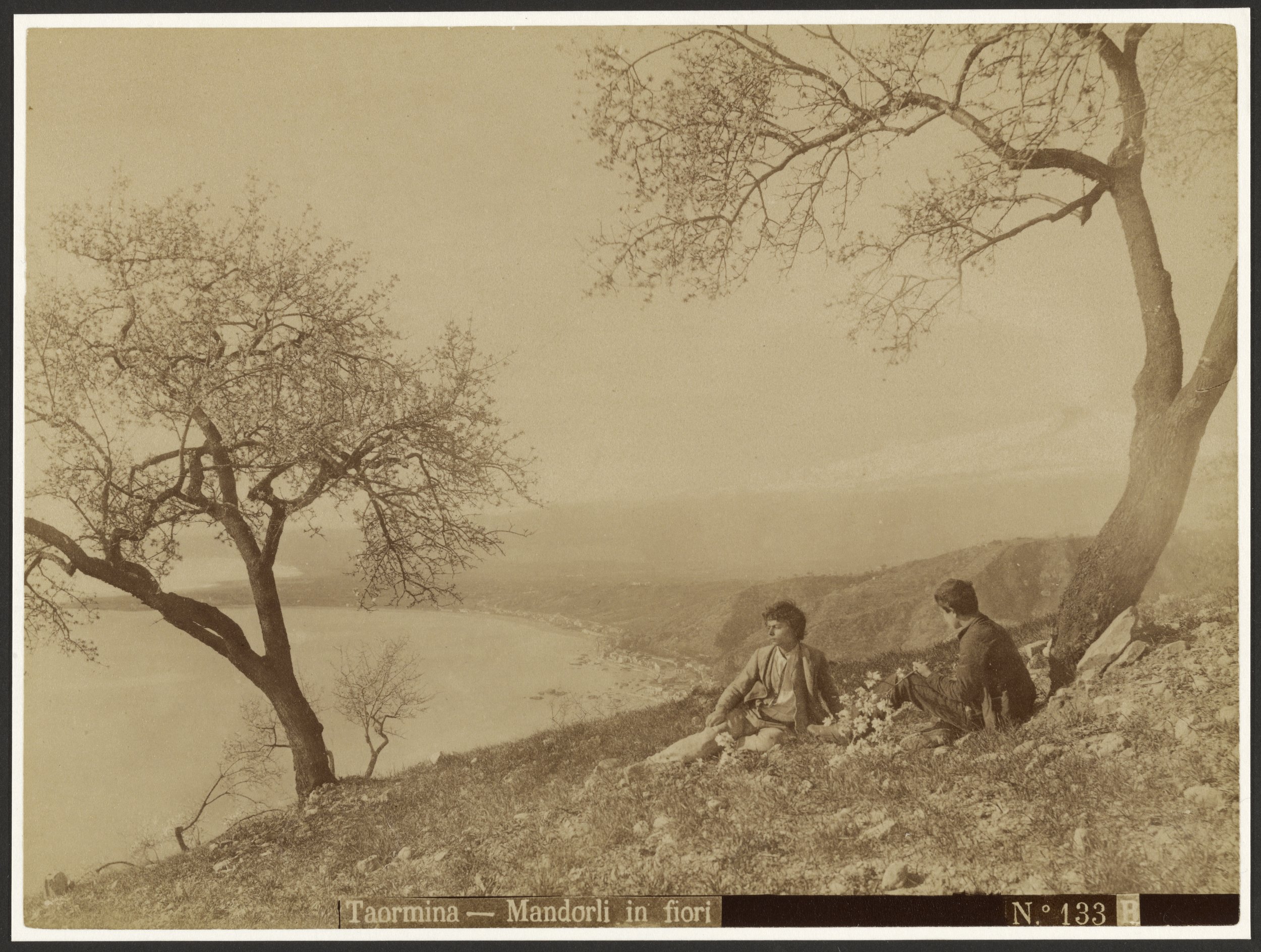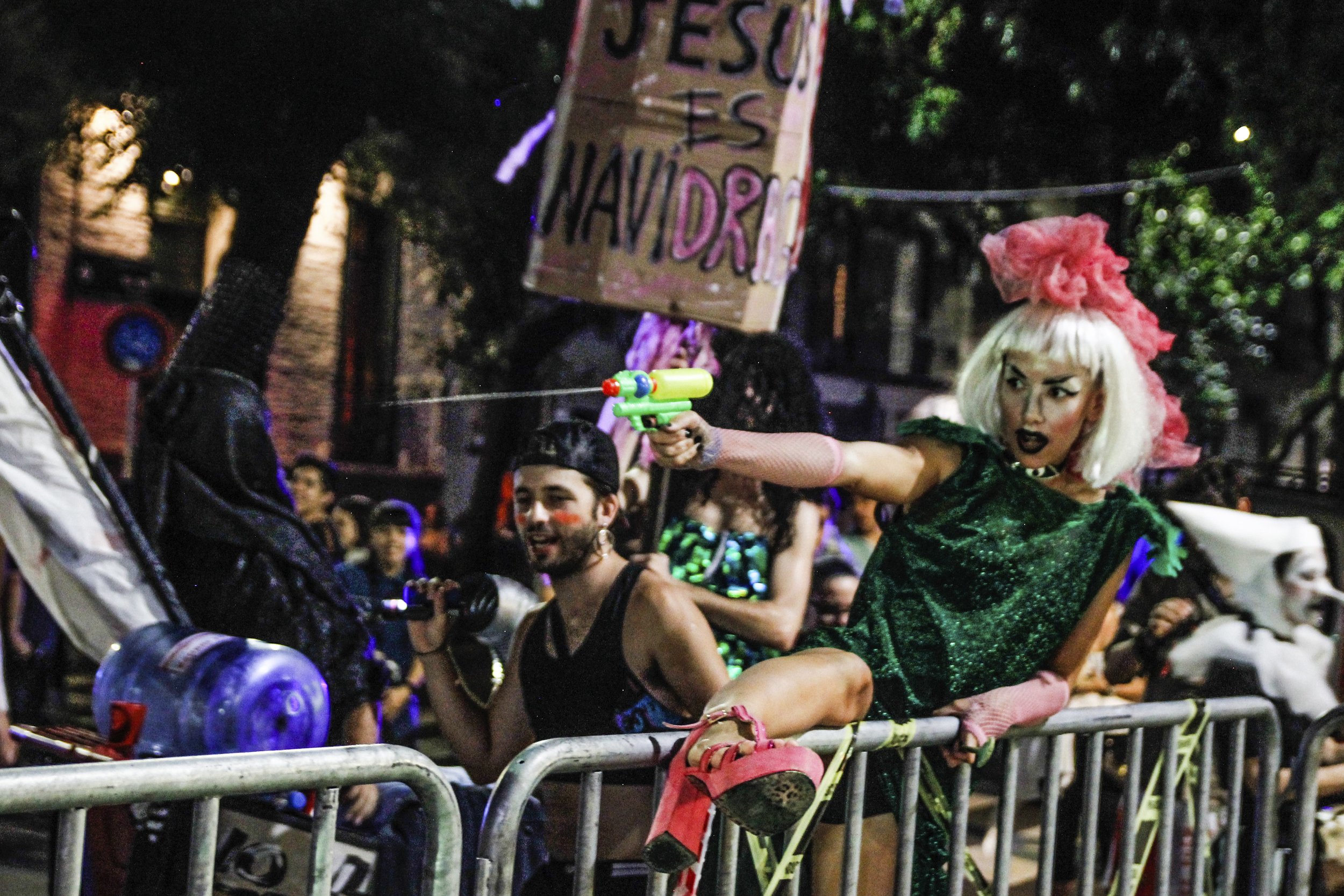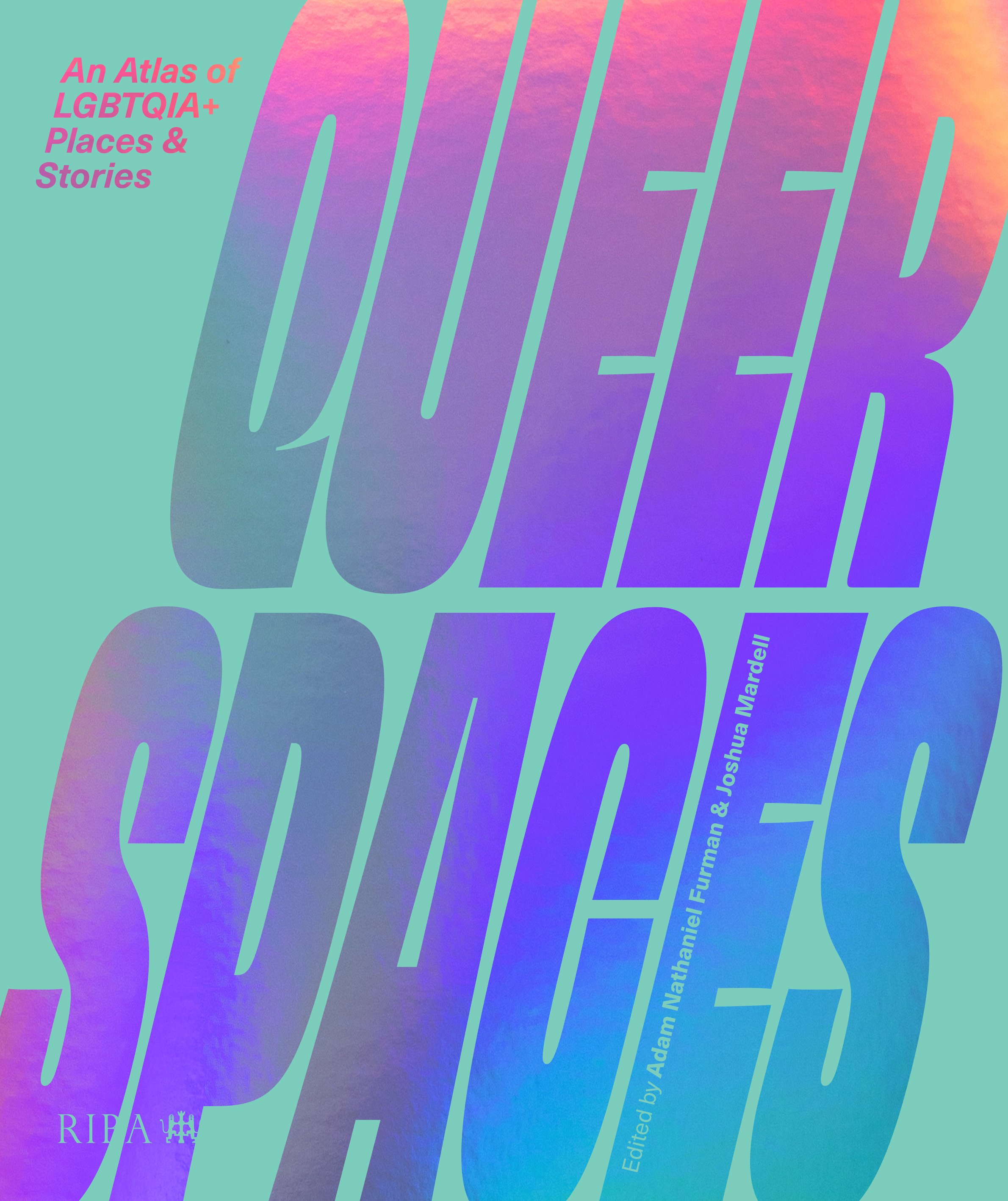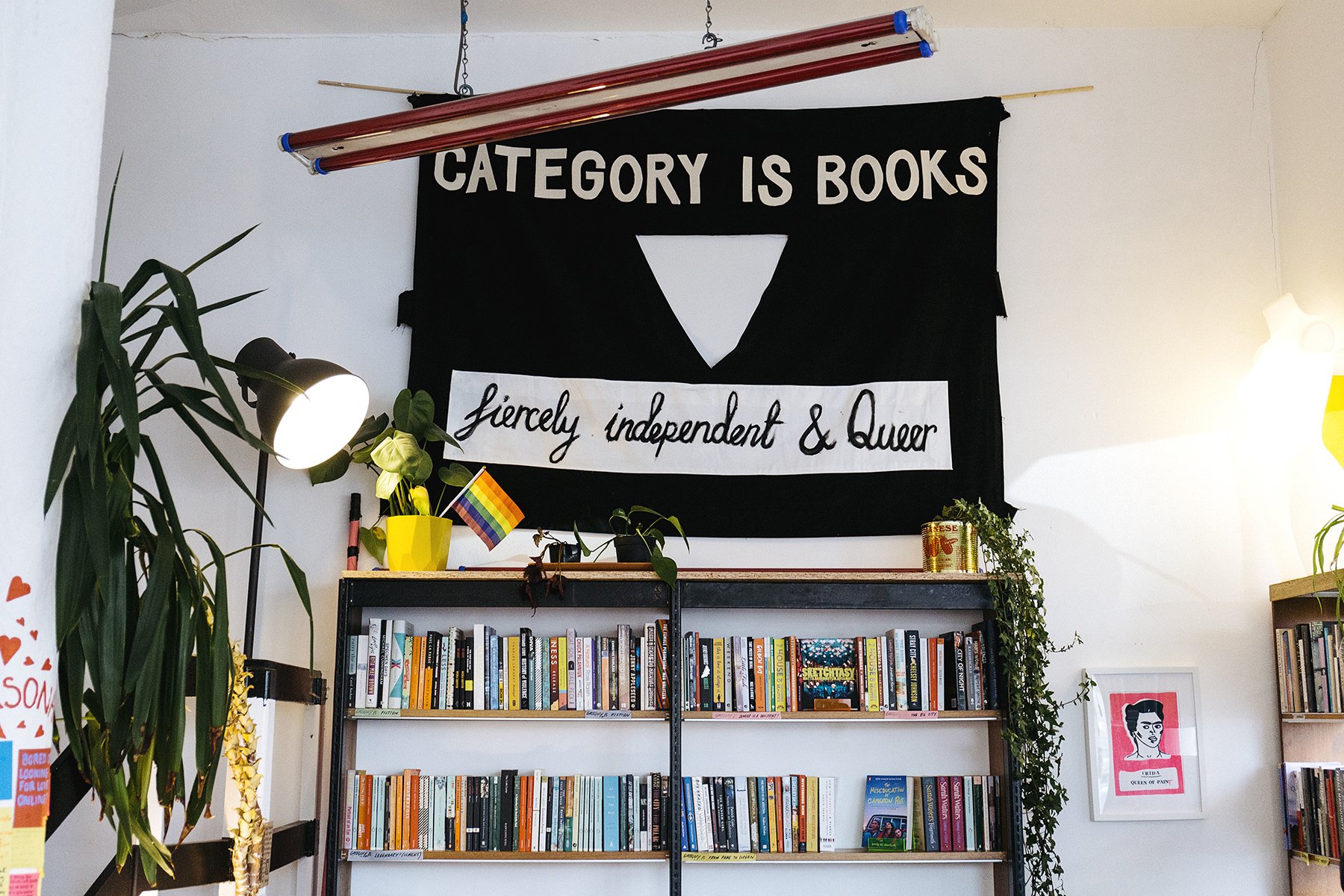Five Question Interview (5QI) with Joshua Mardell & Adam Nathaniel Furman
Welcome to the first installment of 5QI where we get to meet amazing practitioners and advocates of Inclusive Environments. For this piece, we are joined by the amazing Joshua Mardell and Adam Nathaniel Furman the authors of Queer Spaces, An Atlas of Places and Stories. This timely and insightful book is a global compendium of 90 queer spaces. Which uniquely and beautifully illustrate the diverse stories and spaces of the LGBTQIA+ community.
What inspired you to create this book?
Queer Spaces is part of a wider combined scholarship on the history of sexual and gender diversity as enacted through, or related to, spaces and buildings in the past and present. As editors, we had several bold ambitions for the book. These include the desire to help redress a harrowing status quo in which queer stories have been, and remain, side-lined, derogatively othered, and even actively ridiculed in architecture (and its histories). We also wanted, straightforwardly, to showcase and celebrate myriad examples of queer spaces throughout time and place, at once showing that they have long existed, but worthy of serious attention. We were particularly mindful of queer architects and architectural students who hitherto lacked a compendium of references to help them justify, or connect, their own queer practices; we hope the book might serve as a tool to combat discrimination and a lack of queer representation in the built environment professions as a whole.
During the research and writing process, what was the story or space that most surprised or impacted you?
JM: Ultimately, the archives that we include, from London to Los Angeles, to Buenos Aires. As a historian well-versed in archival research, I wasn’t averse to the magic of archives, nor to their power. But this was taken to profound new heights when I discovered or rediscovered several queer archives: most of them of grassroots origins, founded by, built up by, and safeguarded by queer communities to legitimate and preserve the voices of their communities.
ANF: To be honest I was surprised and impacted by so many of them, because researching for the book was a huge journey of discovery for us, we met so many amazing contributors, and those contributors introduced us to so many unexpected spaces.
You highlight the role of academia and the amazing "Queer space" course in California, the syllabus cover has the great quote "If you're in a building, you're in drag".
What if anything, could be improved when teaching design students about the Queer space?
Certainly, students need a sense of legitimacy (so often lacking) in pursuing queer-centred projects in their design work. This can only happen with the support of generous, open-minded architectural tutors and an actively inclusive studio culture. We need research funding structures that support queer work of this kind; we need many more bursaries and scholarships for marginalised people; we need braver publishers; we need more inclusive, radical pedagogies. This book is also part of an attempt by queer academics of our generation in architecture to de-toxify the attitude of the profession to the expression of queerness, which is something that is still taboo. Whilst being queer as an individual is now somewhat accepted in the industry, it is still deemed unacceptable to express that through one’s design work in any way.
As an artist & designer and an architectural historian &lecturer, how has this work impacted your work and practice?
JM: As an architectural historian, compiling the book has helped me reach a much more holistic – and thus, frankly, more realistic – understanding of the beauty and complexity of human experience as a whole. It has served to strengthen my own shortcomings about the worthiness of the pursuit of architectural history itself. Queer histories have been so often omitted from the way architectural history has been told, especially where it deviated from normative narratives, conventional canons. We have so much more to learn about marginal groups of all kinds, such as will entirely shake-up our conventional understanding of “architecture”. The project has also cemented my belief in the sheer beauty and absolute necessity of group working. This was an interdisciplinary project built on community building, on listening, on mutual respect, on mutual learning.
ANF: It has meant that for the first time in my career I do not feel alone and completely isolated, it has helped me find kinship with a younger generation of designers and academics for whom queerness is an accepted fact, and not something from the extreme margins. This has been hugely beneficial for my mental health, as well as in its effect on my working practice, of which I am now much less ashamed.
What future projects/activities are exciting you?
JM: I have recently opened an exhibition at the Paul Mellon Centre for Studies in British Art in Bedford Square, about the architectural historian Gavin Stamp (1948-2017). He wasn’t “queer” (although, boy did he hang around in the gayest of circles!), but certainly he queered the status quo, and stood up for those unfairly marginalised in existing histories.
We have both contributed to an exciting new book edited by Owen Hopkins called Towards a New Architecture (working title) due out in c. 2024 in which we respectively and mutually call for “another architectural history”, and an “untoward architecture”…
ANF: I have a text coming out in a new book by the Architectural Review on gender in architecture, and have a series of artistic projects being completed in the public realm over the coming months, including: a series of ceramic murals in Bristol; a large colonnade of 3-dimensional porcelain over a pedestrian thoroughfare in Croydon; a 57 metre-long mosaic in London Bridge Station; and a 50 metre-long art wall in Paddington. I also have a bunch of apparel coming out… so lots on.
BBU: Thank you
Author Biographies
Adam Nathaniel Furman
Adam is an artist and designer who trained in architecture, and who works in spatial design and art of all scales from video and prints to large-scale public artworks, architecture, architecturally integrated ornament, as well as products, furniture, interiors, publishing and academia.
Joshua Mardell
Joshua Mardell is an architectural historian. He is a Tutor (Research) in Architecture at the Royal College of Art where he leads the MRes programme. He is a co-editor of the Journal of Architecture, and active in the LGBTQIA+ network of the Society of Architectural Historians of Great Britain".
Do you love the sound of this book and want to get your hands on one?
Well, you can by entering our book giveaway! Just confirm your age (18+), email contact, and your name to connect@builtbyus.org.uk to be placed a draw.
Please submit by 12.00 midnight (GMT) on Tuesday 28th of February to be eligible for the draw.
The winner will be selected from the participants to receive a copy of the book by post (to a UK address, competition entrants must be 18 and over).
